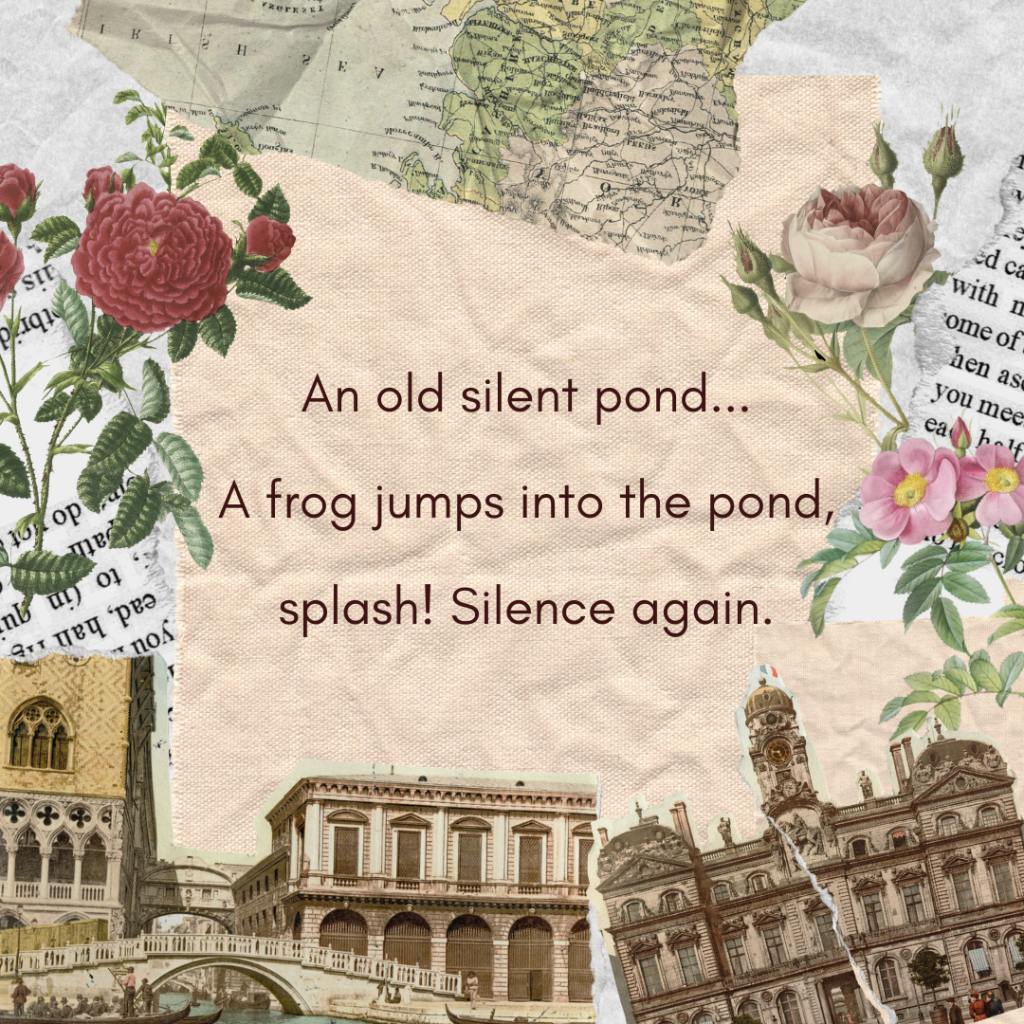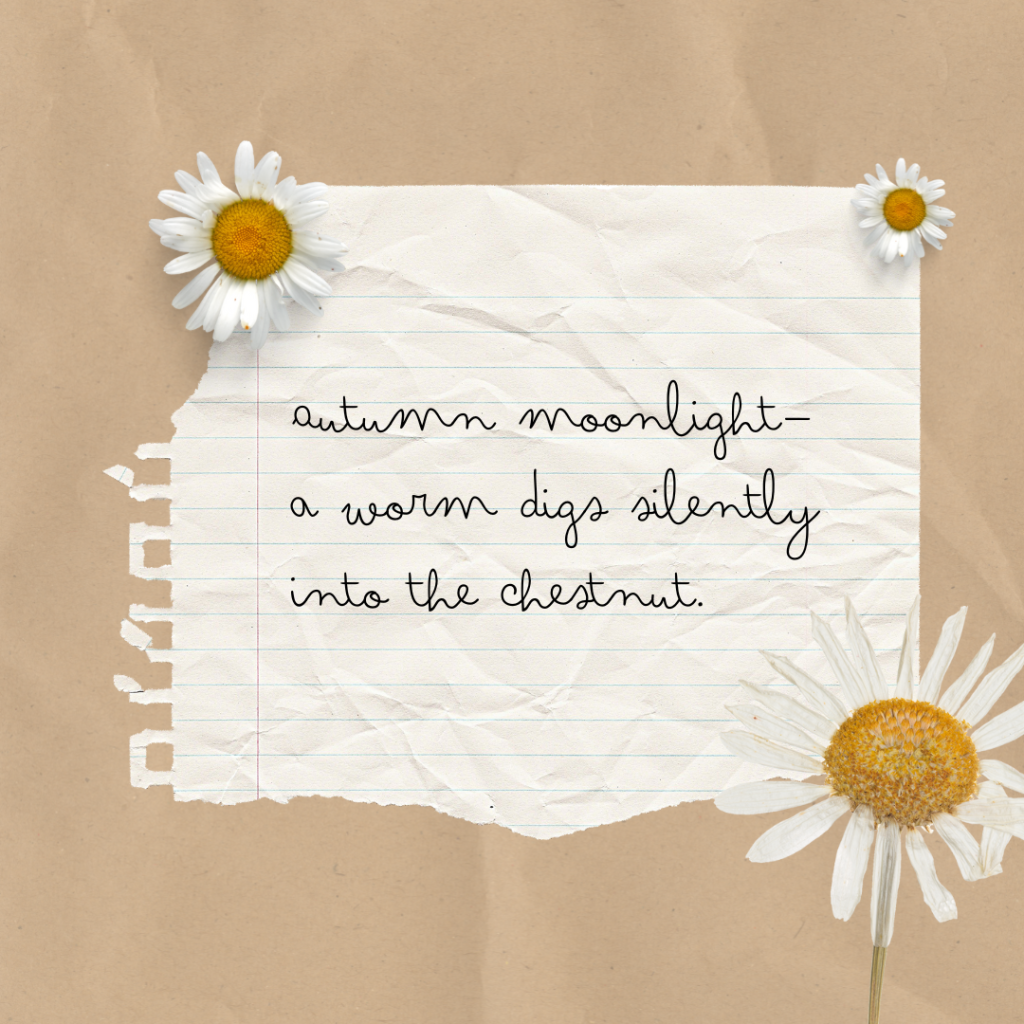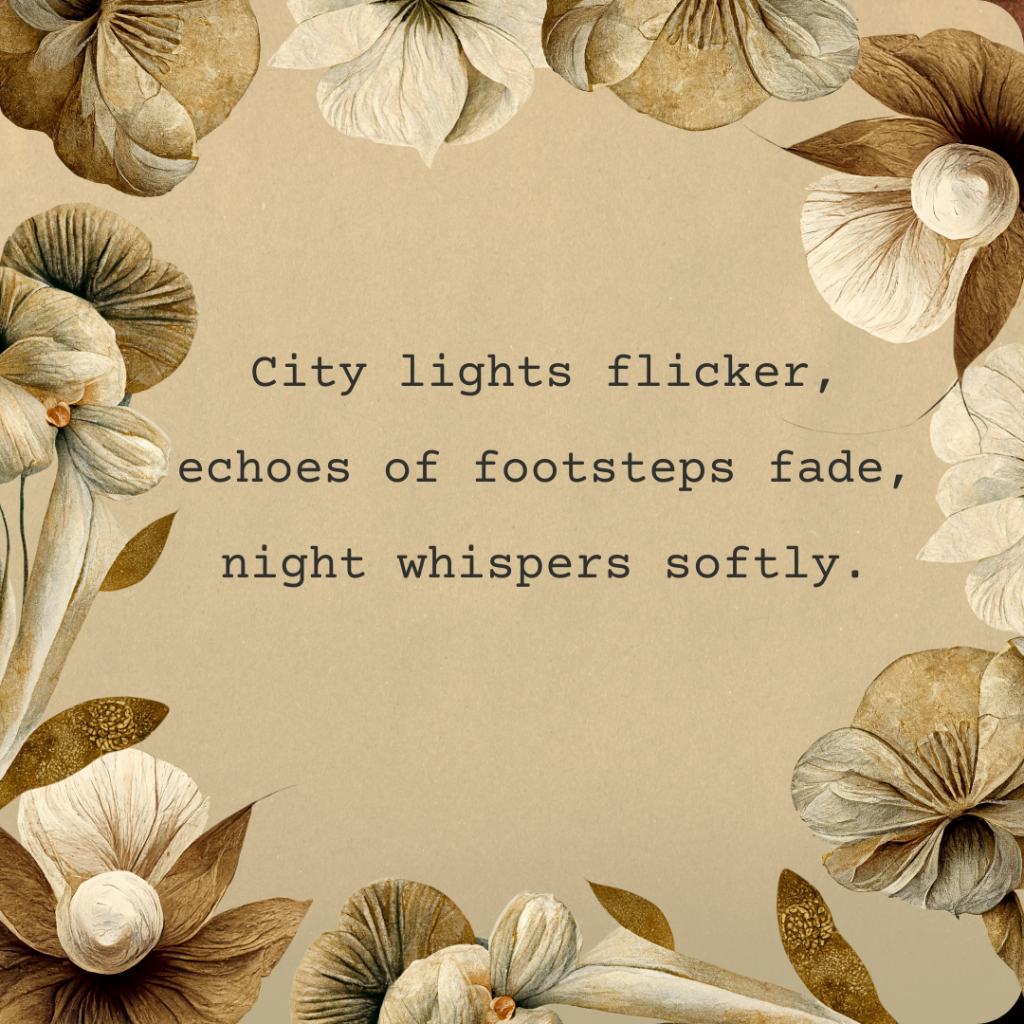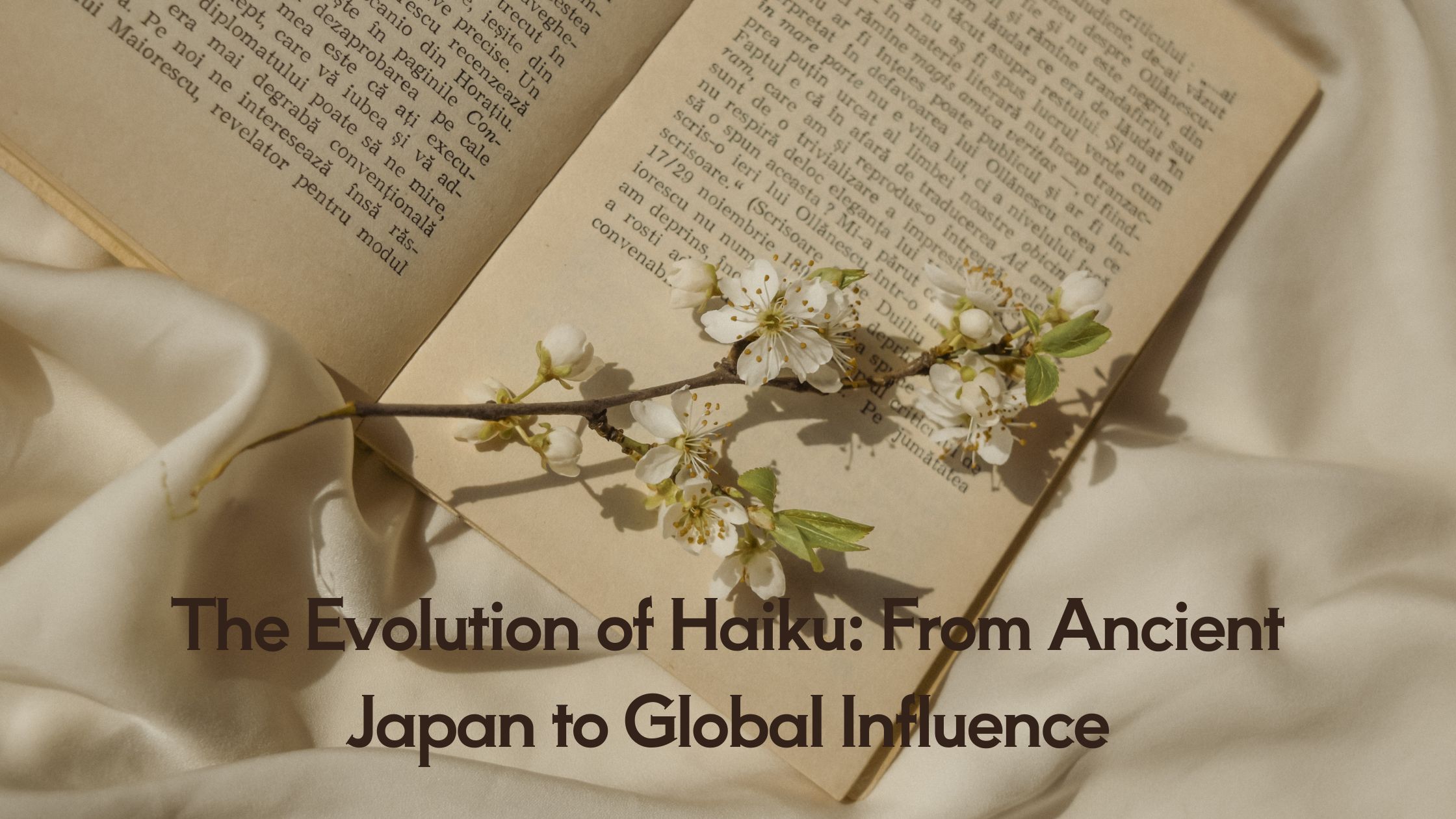The Evolution of Haiku: From Ancient Japan to Global Influence
- April 17, 2024
- Culture and Entertainment
Haiku gained popularity in the online space and had all of us getting curious about this simple form of poetry.
Social media platforms, blogs, and dedicated haiku websites became hubs for sharing and appreciating these concise yet profound verses. With just a few lines, haiku offered a reprieve from information overload, inviting us to slow down, reflect, and find beauty in our chaotic lives. As hashtags like #haiku and #micropoetry gained momentum, a vibrant online community of haiku enthusiasts emerged on a global scale!
Which makes us dig deeper to get to its roots and the profound impact it has had on literature worldwide. Originating in Japan during the Edo period, haiku, once known as hokku, emerged as the opening lines of collaborative renga compositions. From these humble beginnings, haiku blossomed into an independent form, celebrated for its brevity and ability to capture fleeting moments of beauty.
Origins and Development
Consider Matsuo Bashō’s timeless haiku:

Bashō’s verse transports us to a serene pond, where a single moment disrupts the tranquil silence, only to return it to its original state. This simplicity and depth characterize early haiku, reflecting themes of nature, impermanence, and contemplation.
Global Influence
As haiku gained recognition beyond Japan, its influence spread across cultures and continents. Western poets like Ezra Pound and Jack Kerouac were captivated by its minimalist beauty, and using its principles in their own work. Haiku became a cornerstone of the imagist movement, emphasizing precise, evocative language and direct observation.
In Buson’s haiku:

…he paints a vivid picture of a quiet autumn night, where even the smallest creatures are part of the natural symphony in just three lines. This connection to the seasons and the natural world is a hallmark of haiku.
Contemporary Interpretations
Today, haiku continues to evolve, with new themes and forms while staying true to its essence. Modern poets experiment with structure, language, and subject matter, pushing the boundaries of what constitutes a haiku. From urban landscapes to social commentary, haiku reflects the complexities of modern life while preserving its timeless simplicity.
Look at this contemporary haiku, for example:

In this verse, we glimpse the hustle and bustle of city life, where amidst the chaos, moments of quiet can be found. This juxtaposition of urban noise and tranquil reflection captures the essence of modern haiku, rooted in tradition yet always looking forward. Isn’t that just beautiful?
Haiku continues to inspire poets and readers alike, urging us to pause, reflect, and find beauty in the world around us.
The essence of haiku lies not just in its form, but in its ability to evoke emotion, transcend boundaries, and throw light on the puzzling and beautiful thing that is human experience.






